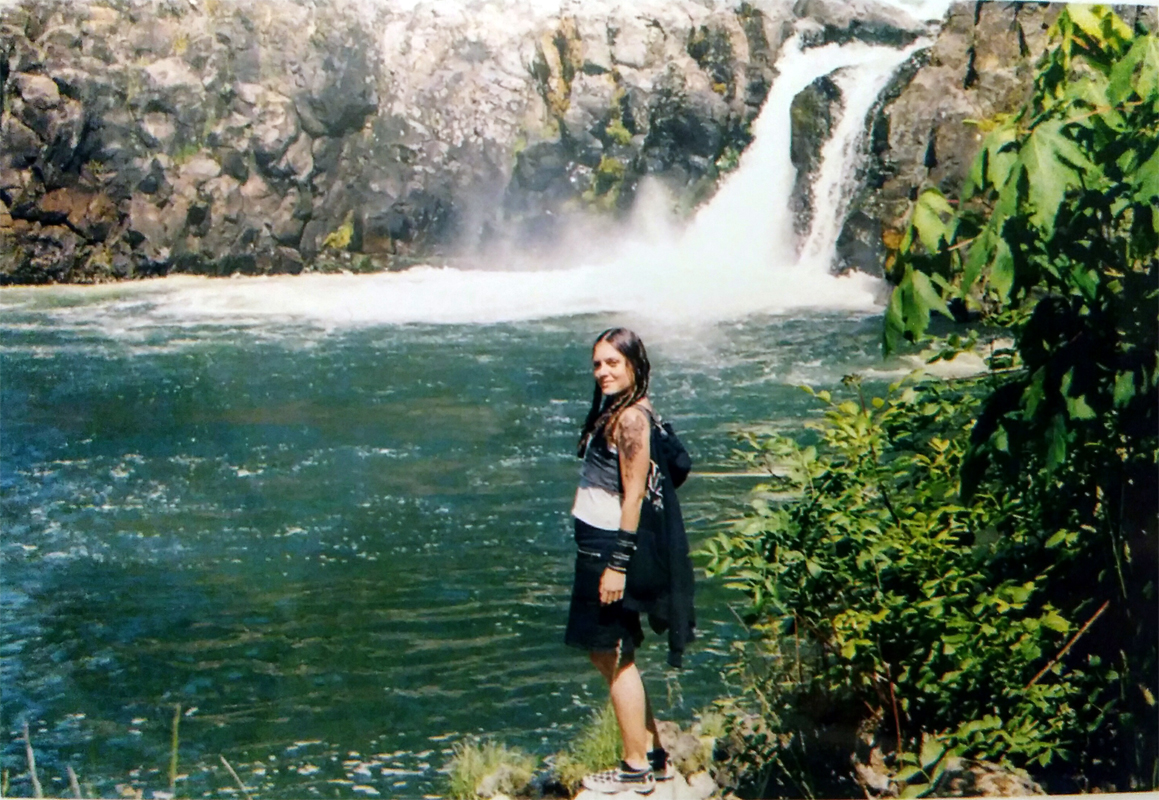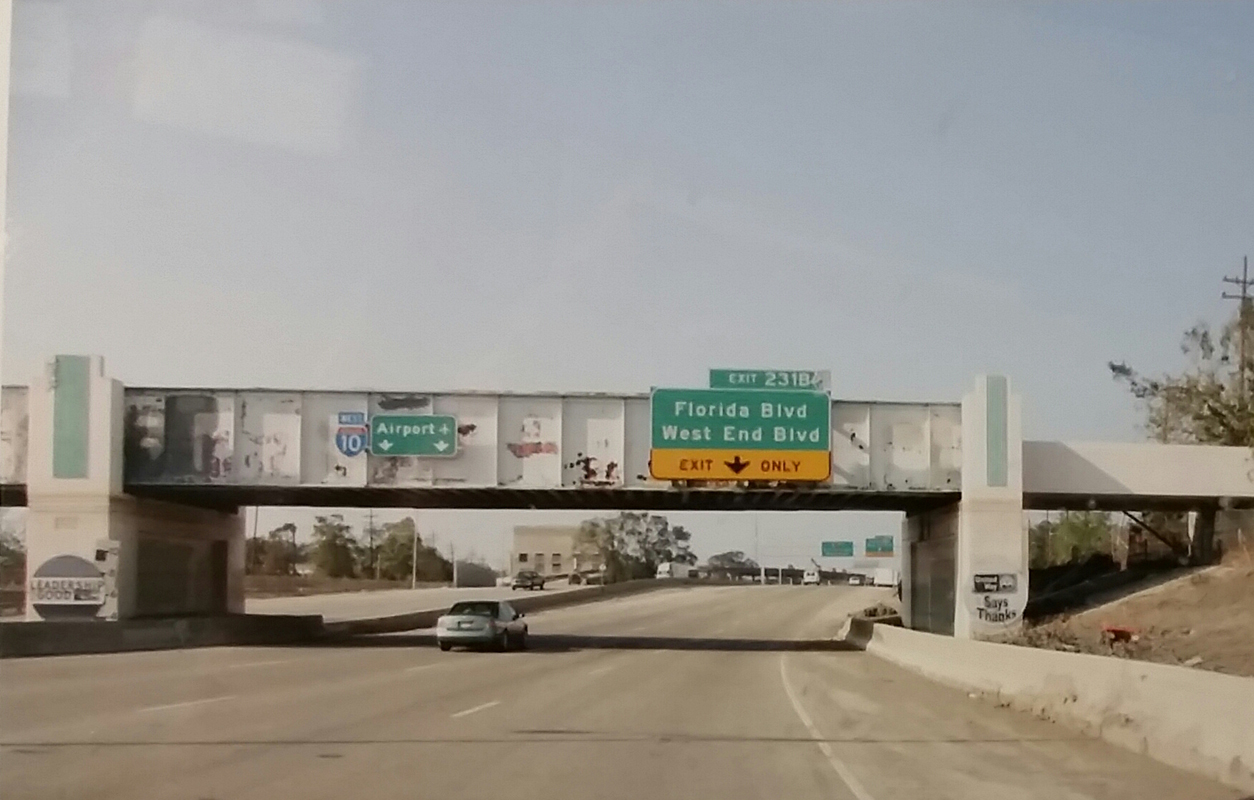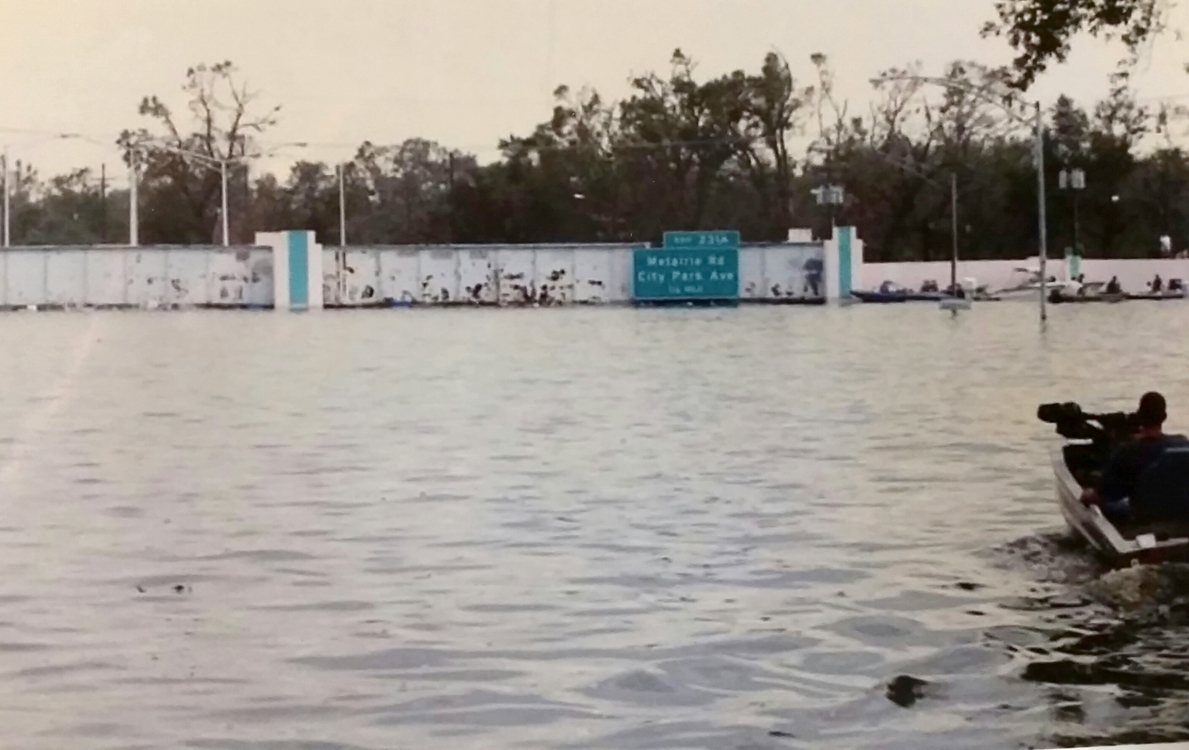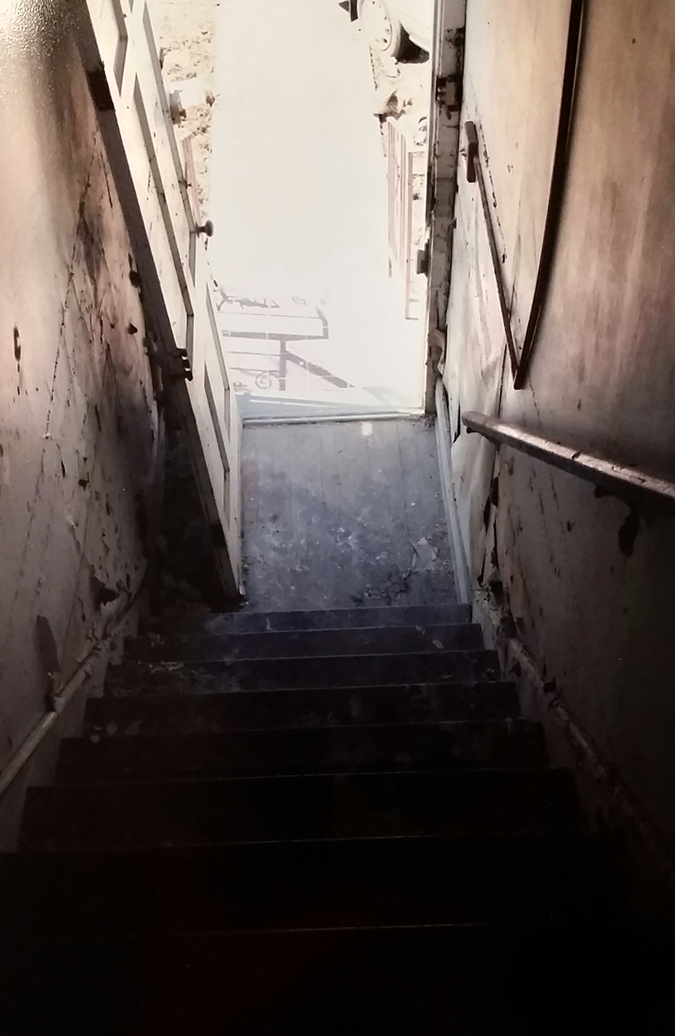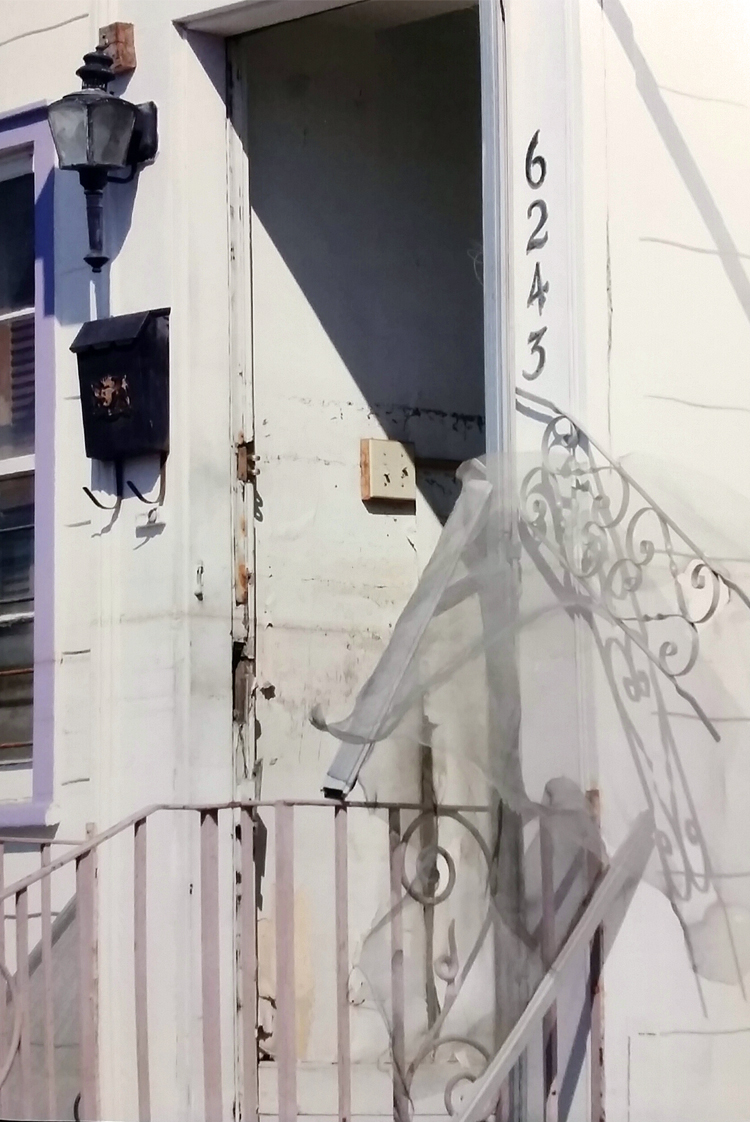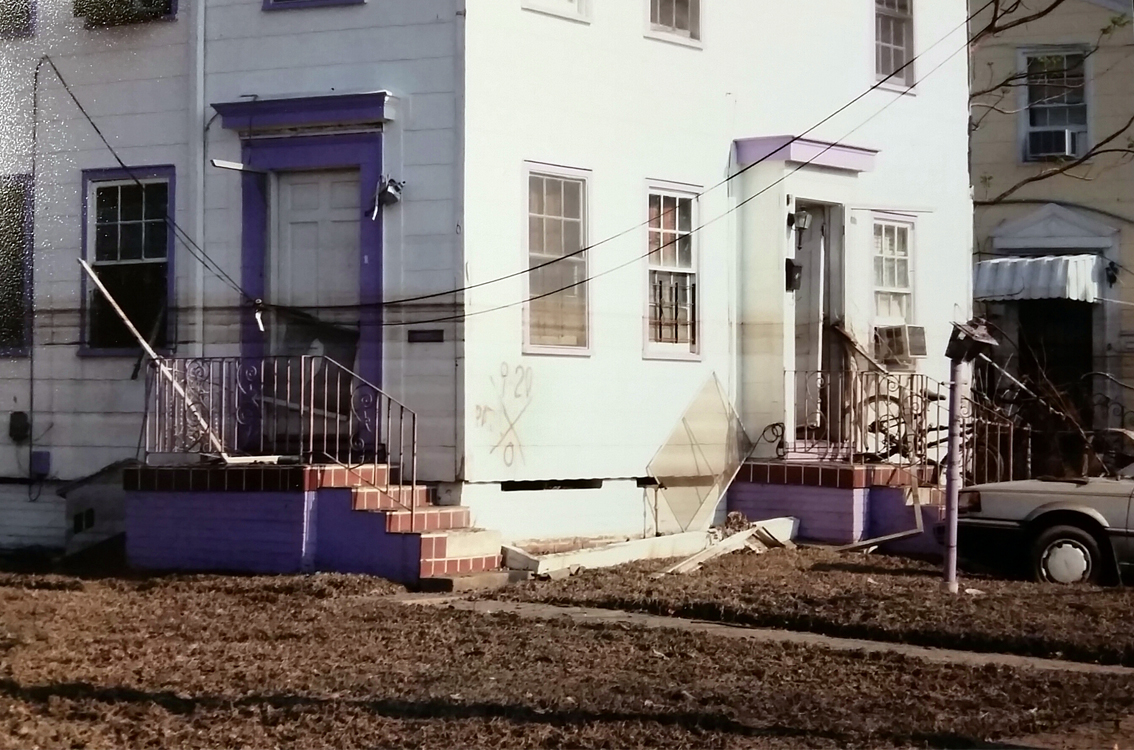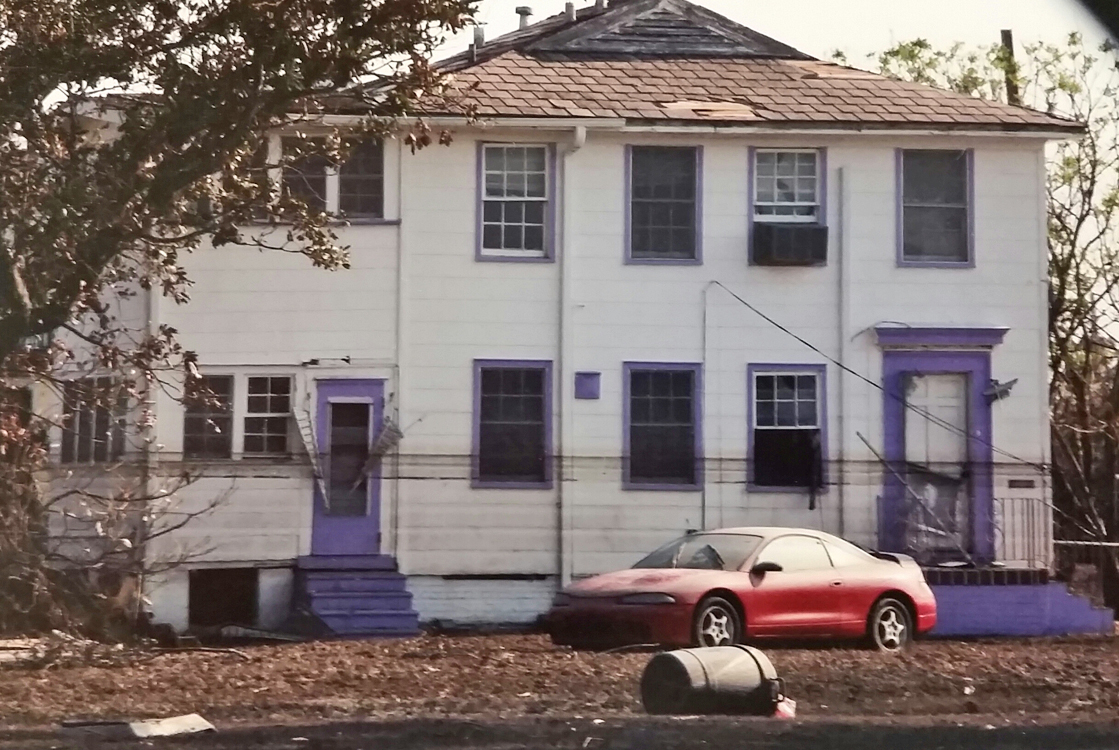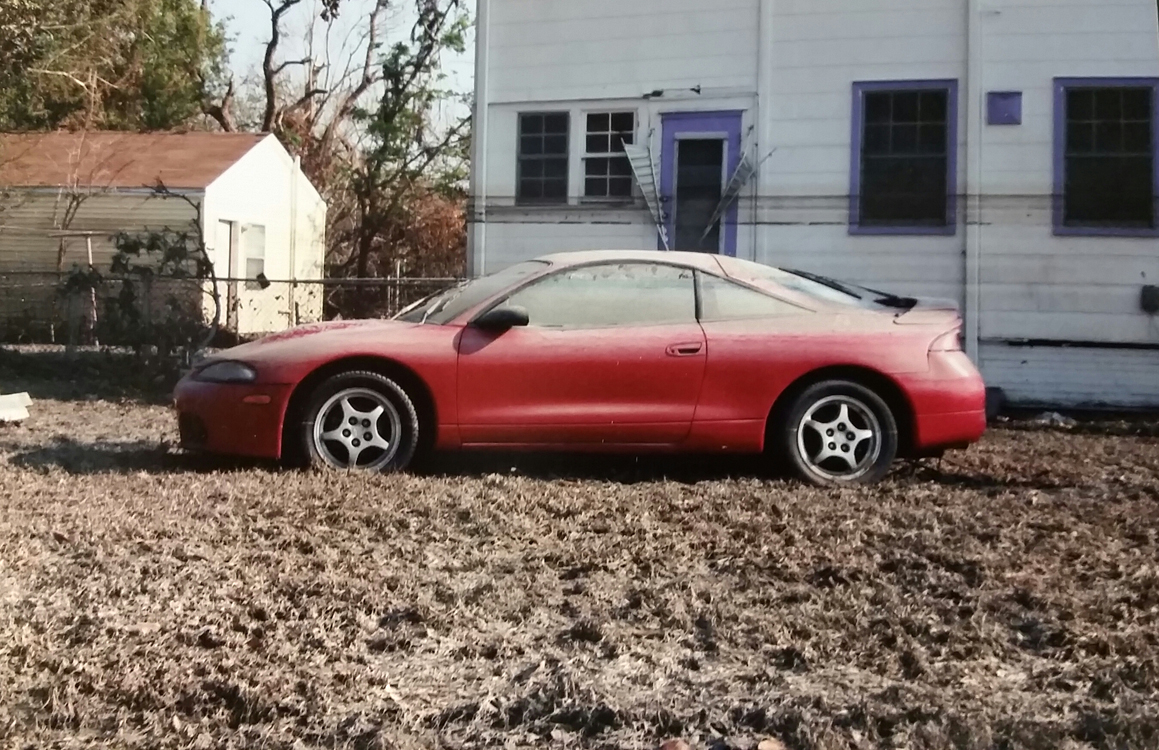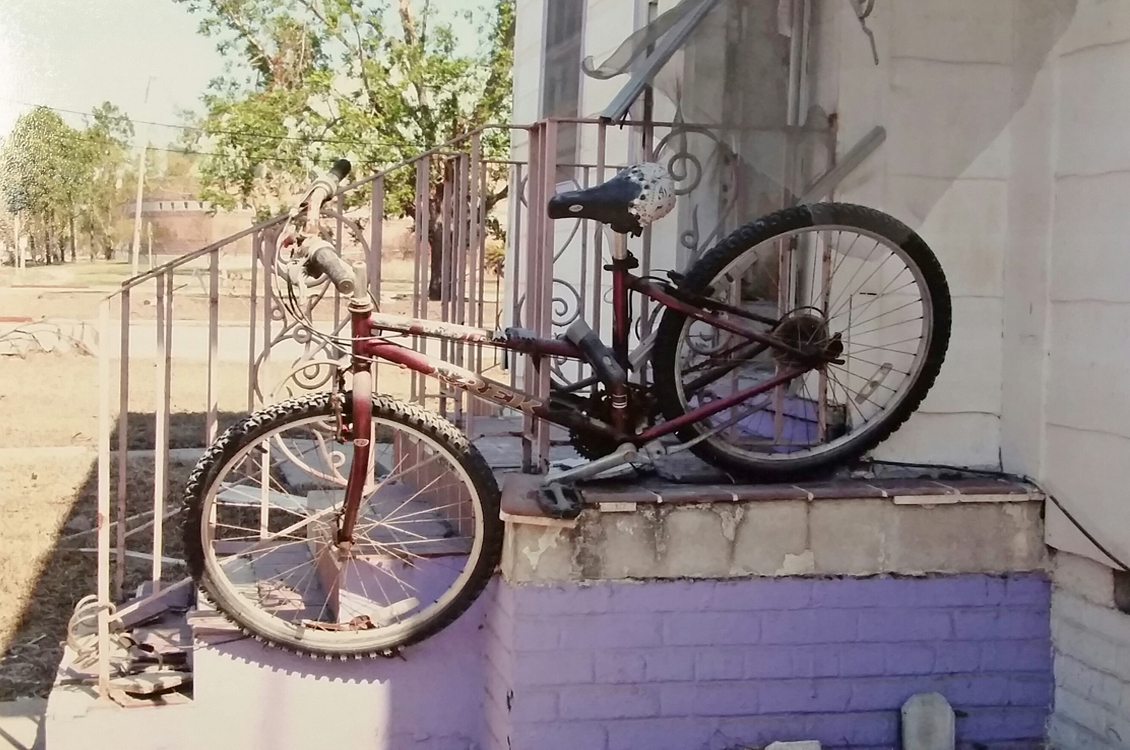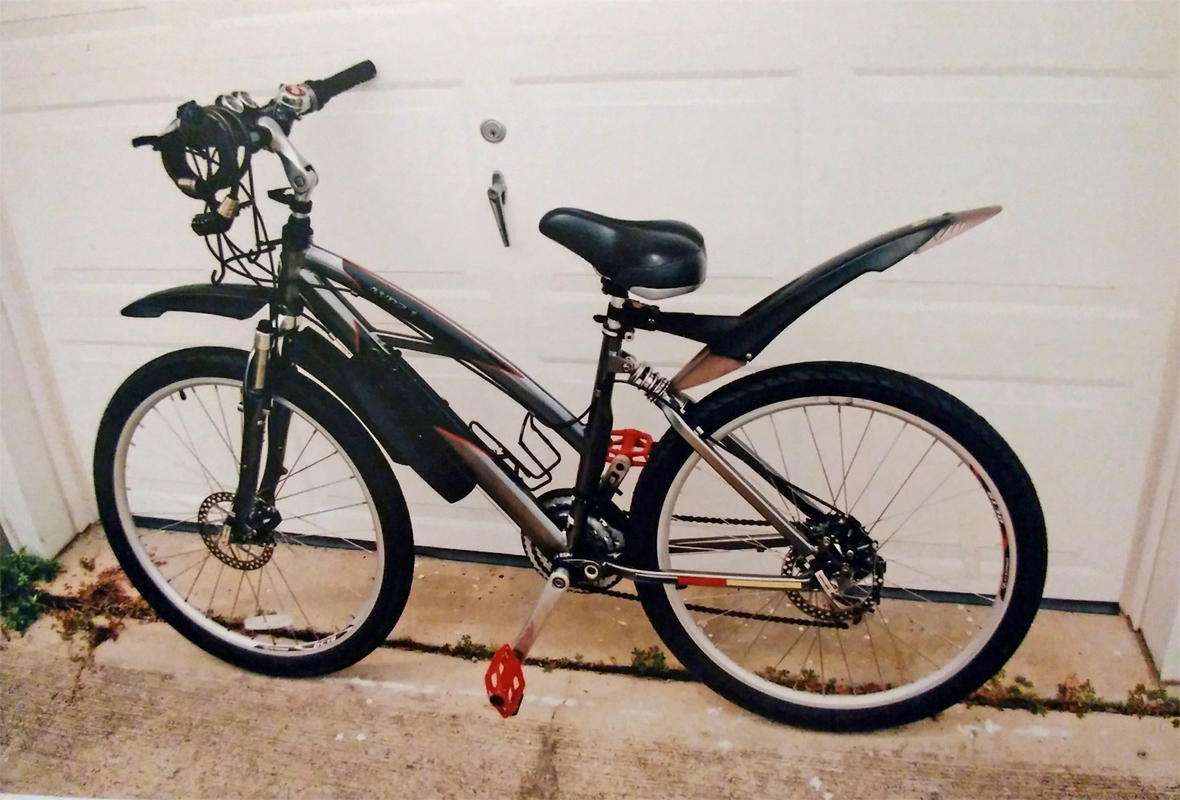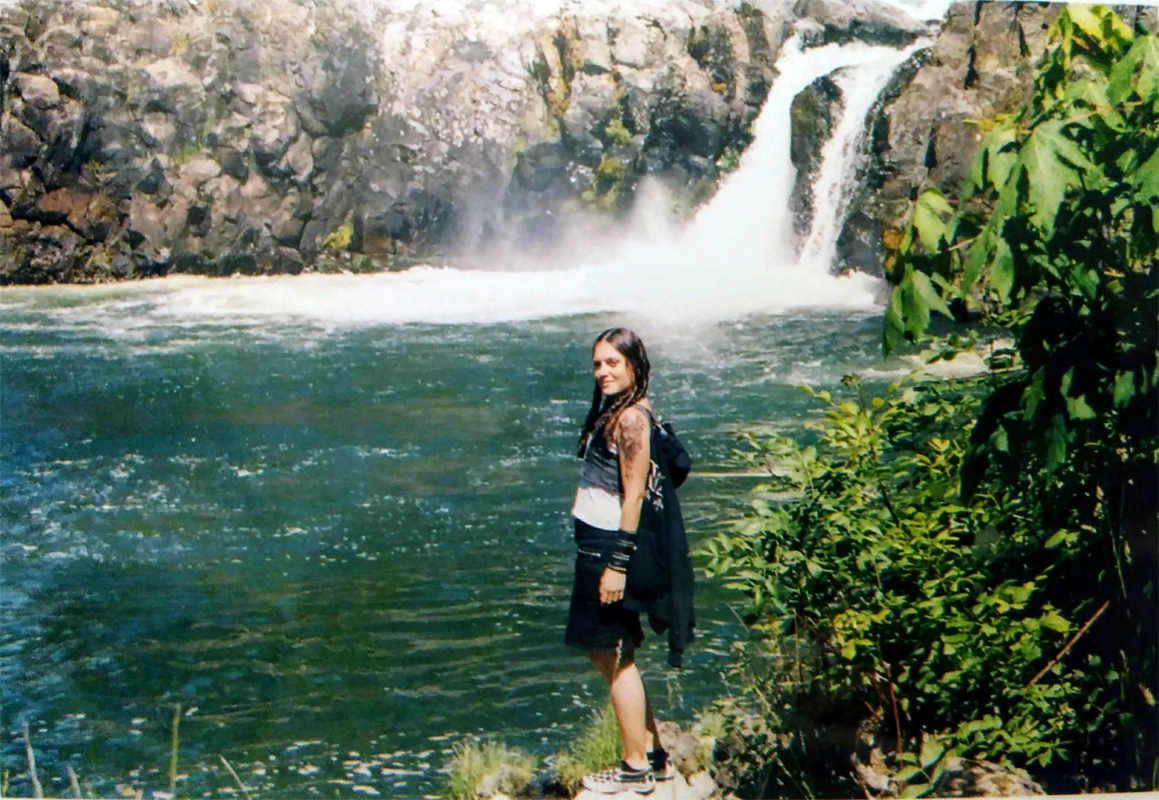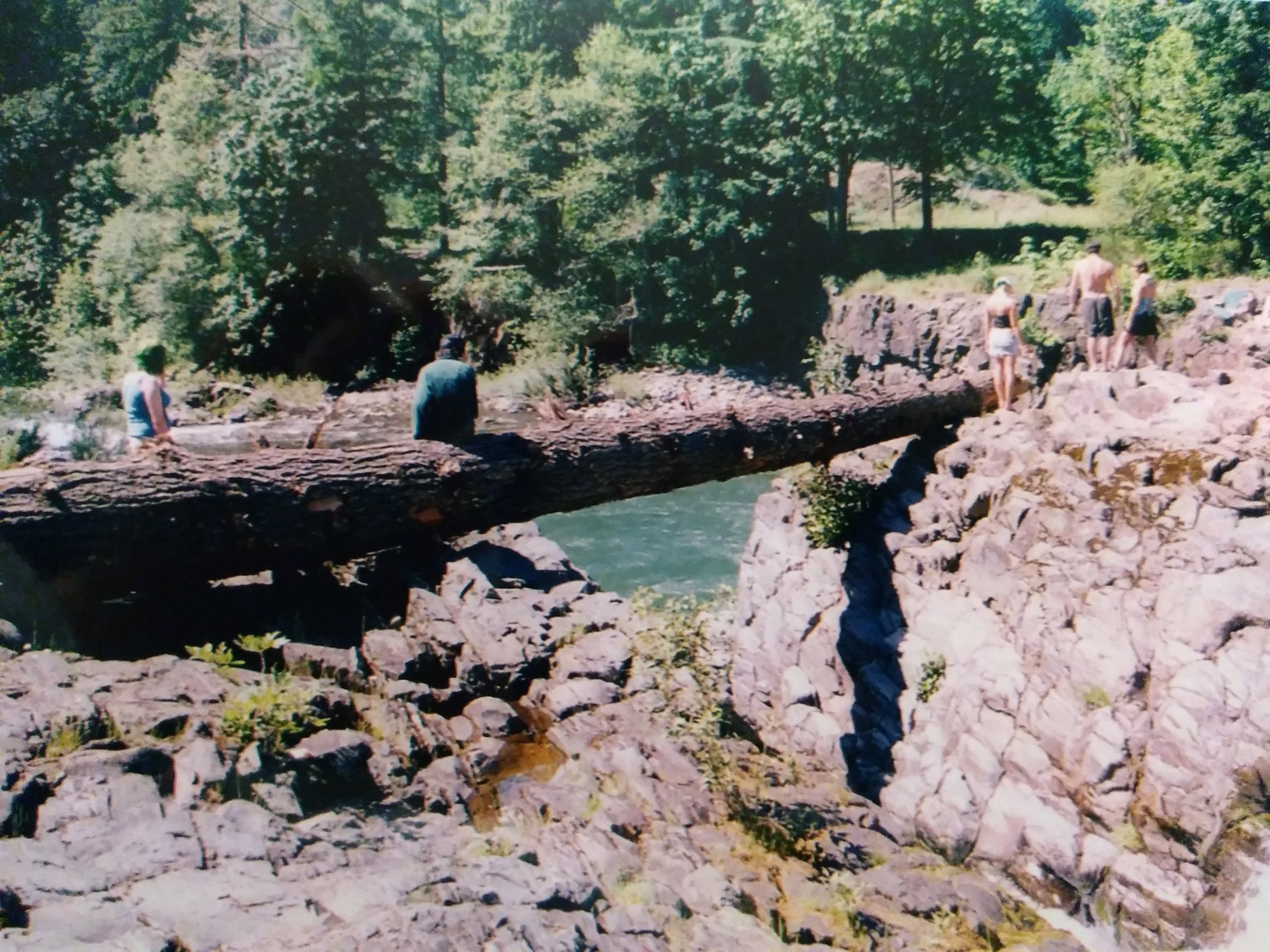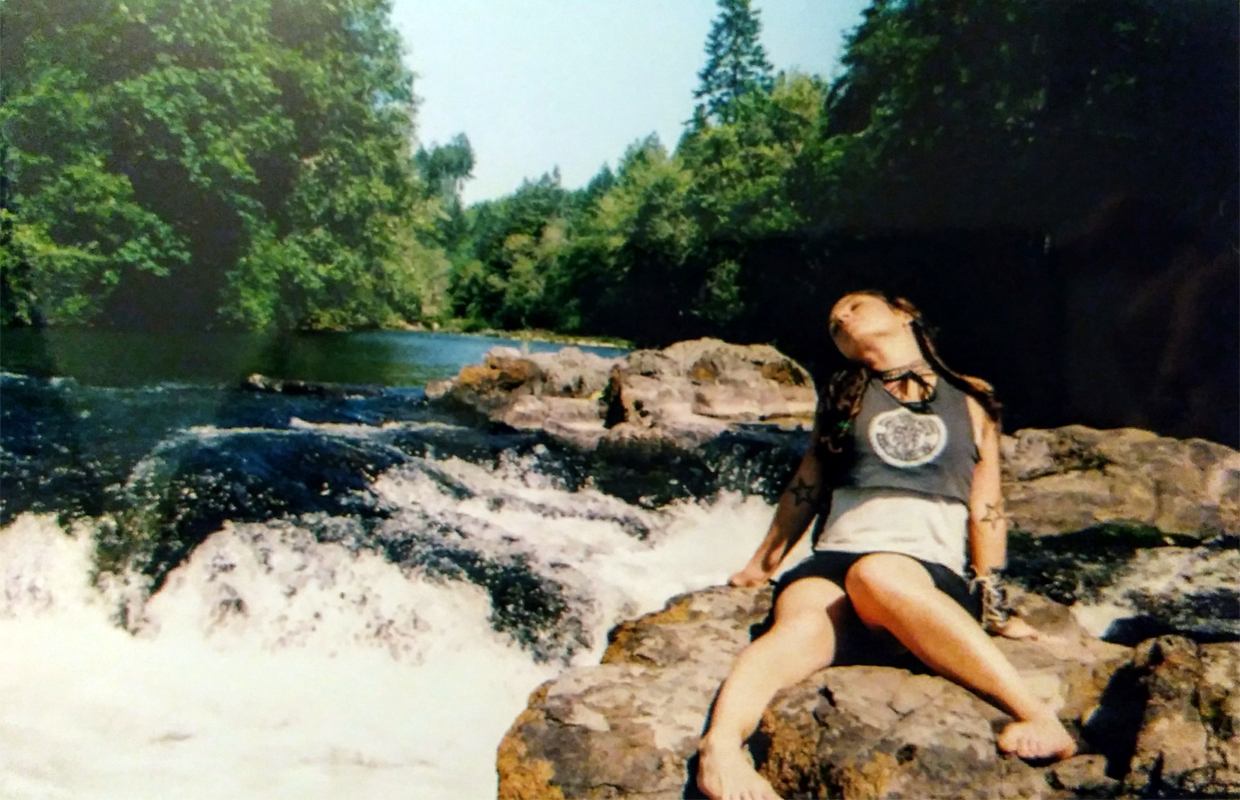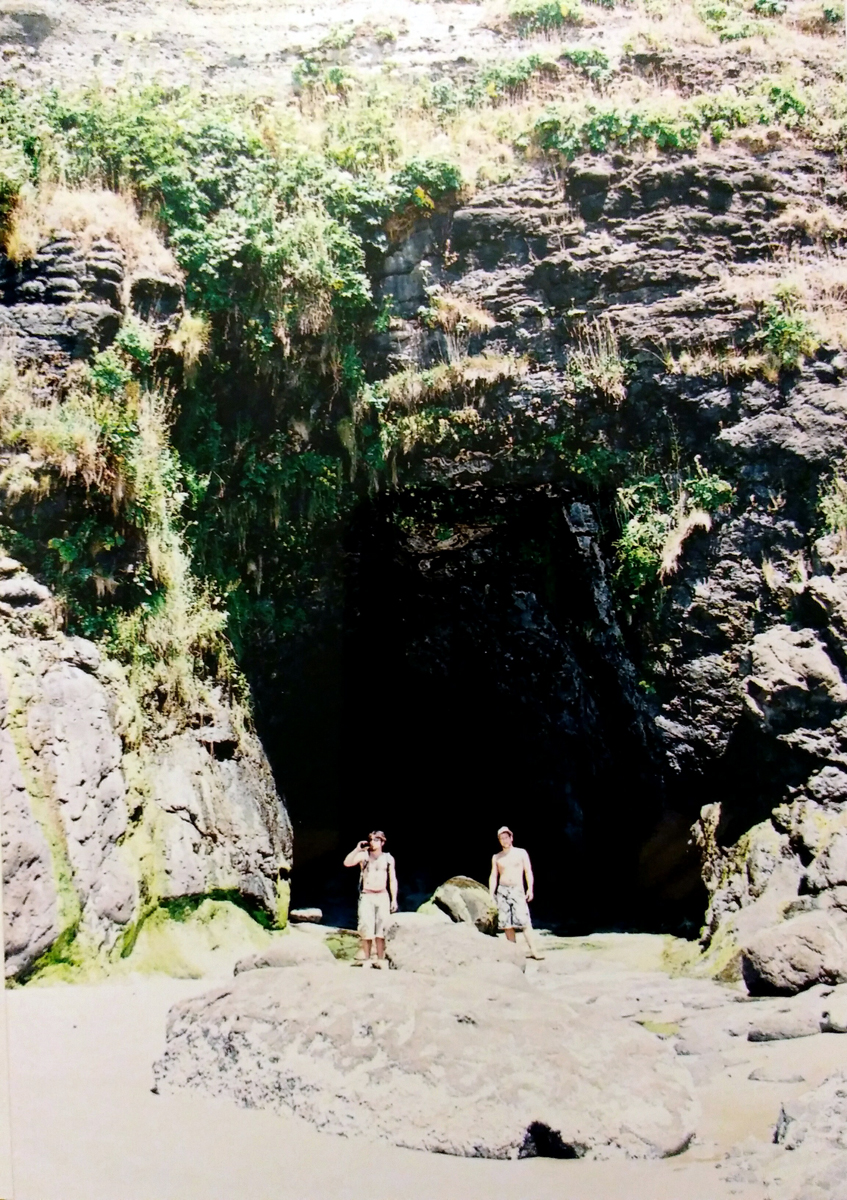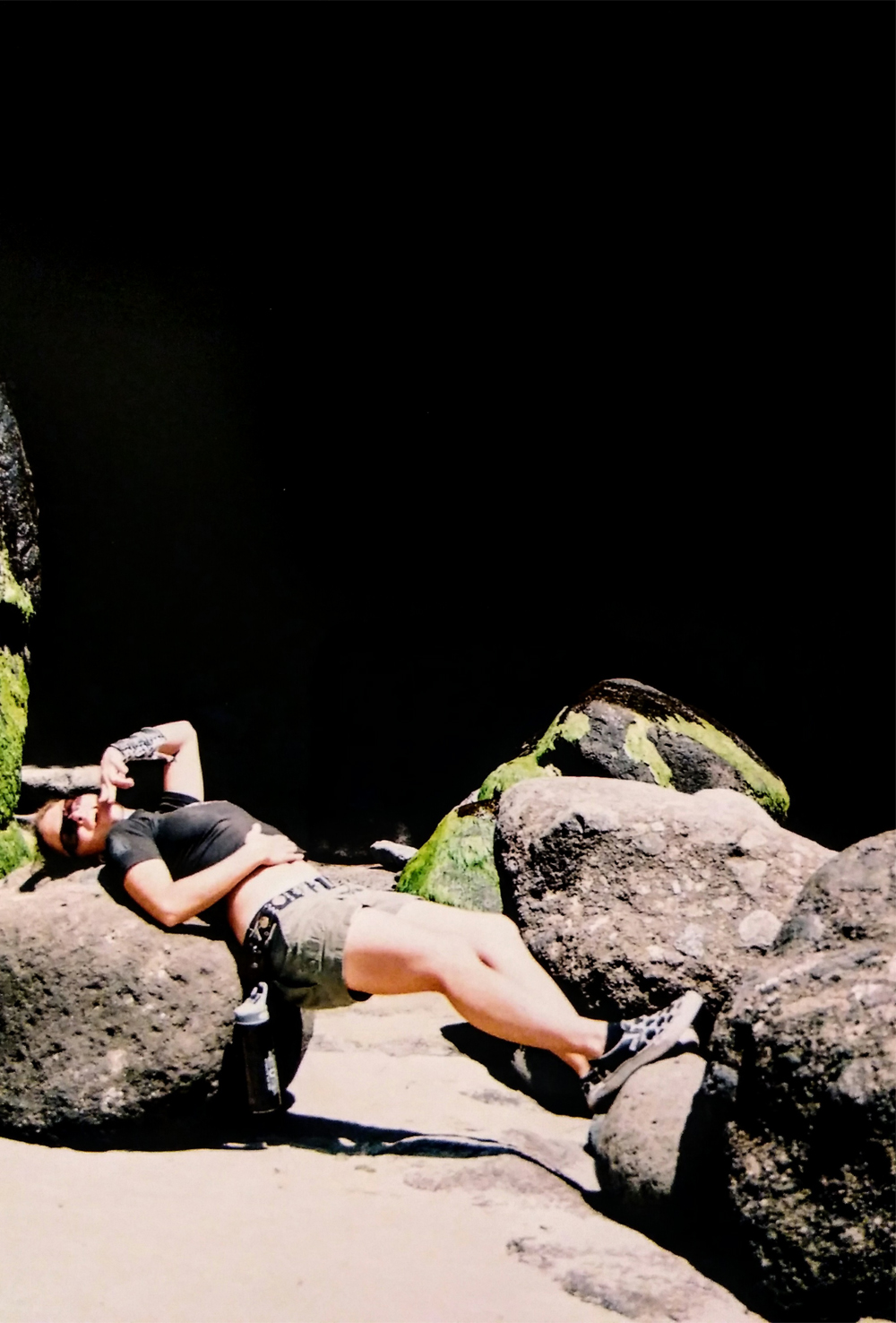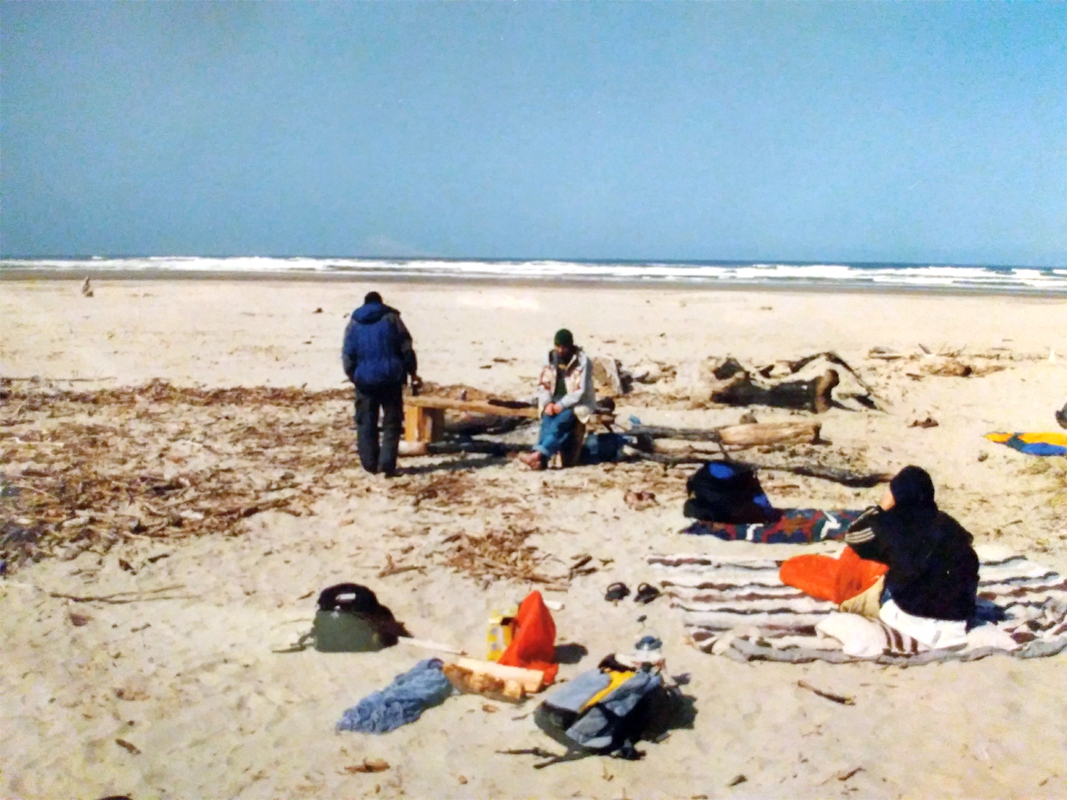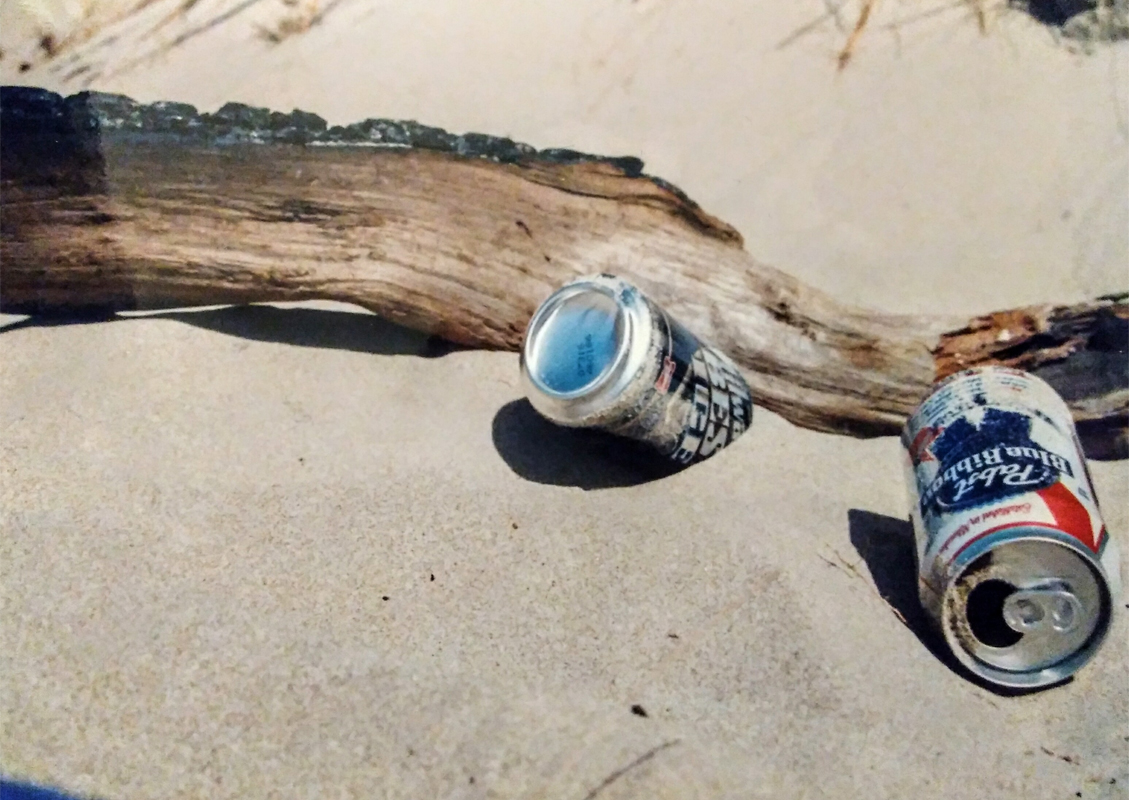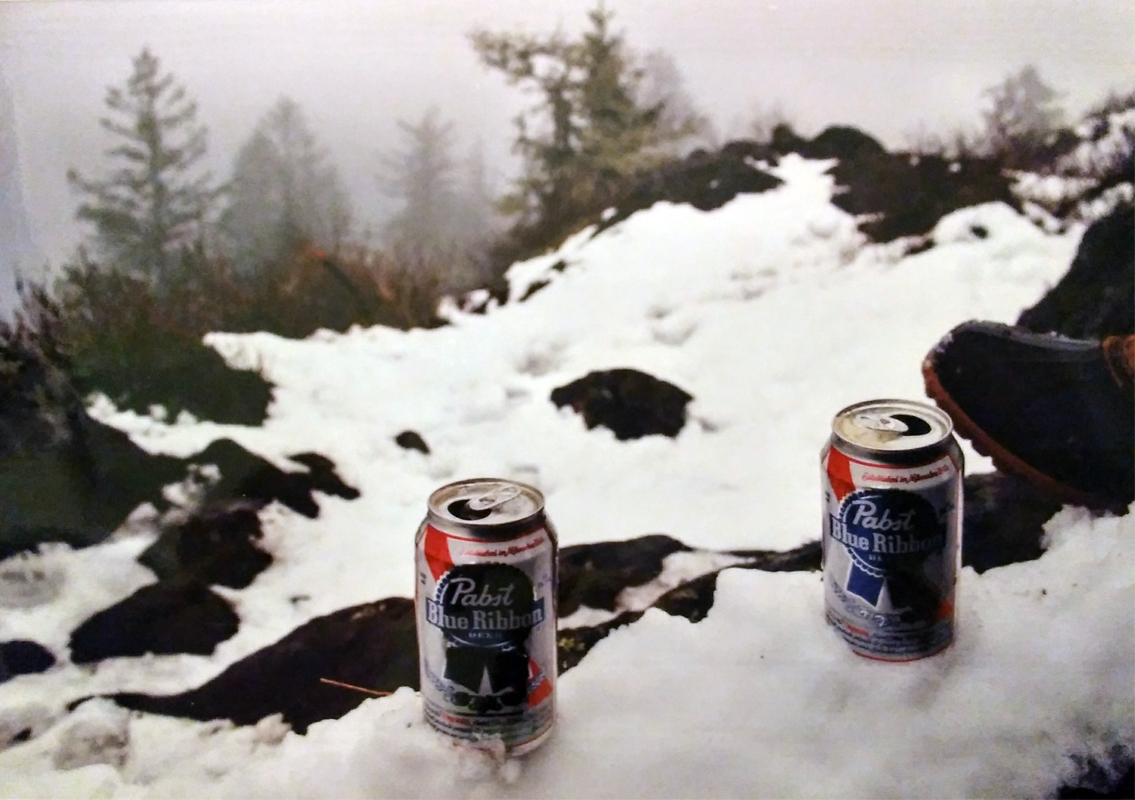The sky car pictured above is a great machine that keeps more soil of the forests undisturbed by dragging logs through the air.
Long time, no see! Yeah, it’s been a rough summer, and I missed writing about some of my projects.
For a couple of months, I’ve had the opportunity through a friendship to ride along with a log trucker and see what the logging roads are all about. Of course, the clear cuts look no more or less appealing up close and personal, but a 12-hour day starting at 4am showed me what it’s like inside of the second-largest industry in the state of Oregon.
Logging ain’t what it used to be - it has come a long way through technology and scientific research to be safer for the workers and less disruptive for the environment. Lots of rules that protect wildlife and habitat are in place for private forest owners to follow, and follow they must. This includes leaving a girth of trees around bird nesting sites with special attention to threatened species, a buffer of trees along streams to protect salmon and trout, better road construction to prevent run-off (thereby keeping our municipal water sources cleaner), and a vigorous re-planting schedule to create new forest and leave a few logs and snags (dead trees) in place for wildlife habitat.
One very interesting study performed by ecologists among Canadian Douglas fir trees was noted in the June 2018 issue of National Geographic (Vol 233, No 6), which proved through chemical tracking that older “hub” trees formed symbiotic relationships with fungal threads underground to send and receive stress signals due to environmental cues, such as loss of water, low photosynthesis sugars, or insect infestation. Nearby trees then send over necessary resources to help each other in a network, and this includes trees helping trees of another species! Clear-cutting and removal of the ancient hub trees destroys this connection and makes younger forests more vulnerable to stressors. Need any more proof that life on Earth is so very interconnected and dependent on each other to live in balance to survive?
Loaders pick up logs as though they are toothpicks and stack them strategically onto truck trailers.
Oregon is one of the best places in the world to grow trees due to climate factors. It is also awesomely beautiful. Sadly, we lost a lot of diversity in our forests with the removal of habitat and old growth, stunting chances for native plants to thrive in those areas. This is why I love going to the top of Saddle Mountain… there are so many wildflowers here that have not been disturbed and have the chance to play their symphony of color in progression from spring to summer to fall.
With all of our continued research and progress in heavy machinery design, as well as saving protected areas that will never be logged, I hope that we can keep what treasures we have left while still providing good-paying jobs statewide in the industry.
Being a lover of nature, I chose this project to stare in the face what I knew little about and see it for more of what it really is. Humans are industrious all over the world, and there are a lot of us. More people means need for more resources. However, word has really spread through all means of media about the damage we have done to our one and only planet through all of our industriousness, and our lifestyles and survival are each inextricably linked to the taking of resources… I hope the big guns in charge make better decisions in the future for the greater good of more people and more species than just themselves, including in the Amazon forests and every other struggling area.
C’mon alpha males, be the good guys and not the bullies. We need you.
The unloaders are massive! They grab the entire load of logs off a truck trailer and place them in the lumberyards. I witnessed an epic moment when the fighter jets flew into the frame.
Getting out there and shooting brings knowledge, inspires quests for more answers, and sometimes brings unexpected spectacles that i am lucky enough to capture through my lens. After using a not-so-cute outhouse in the lumberyard, I put myself in place to photograph one of the unloaders and a diamond formation of fighter pilots flew right into my frame and through its jaws. Holy crap, that’s what I’m here for. Talk about the joy of my work.















